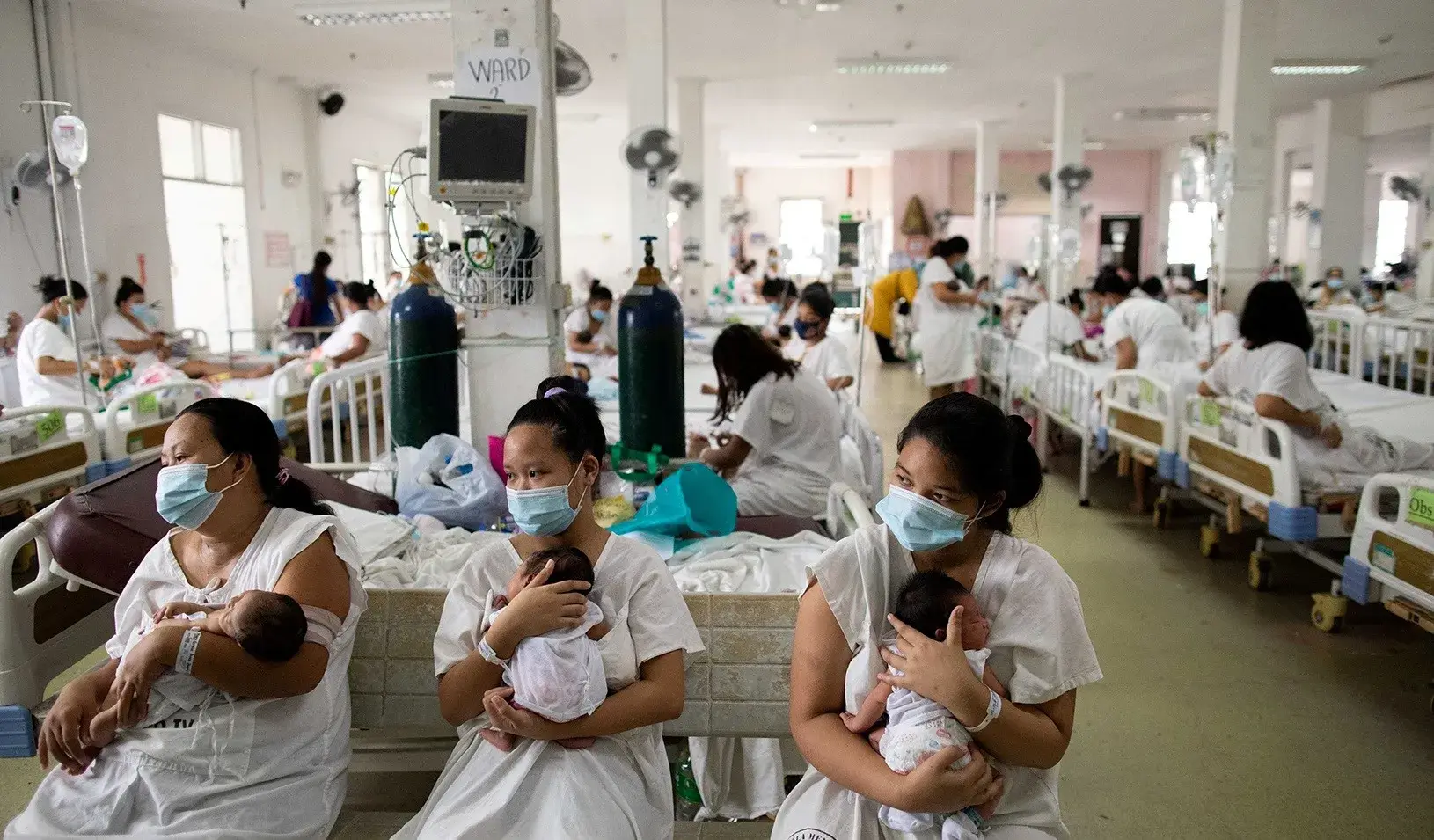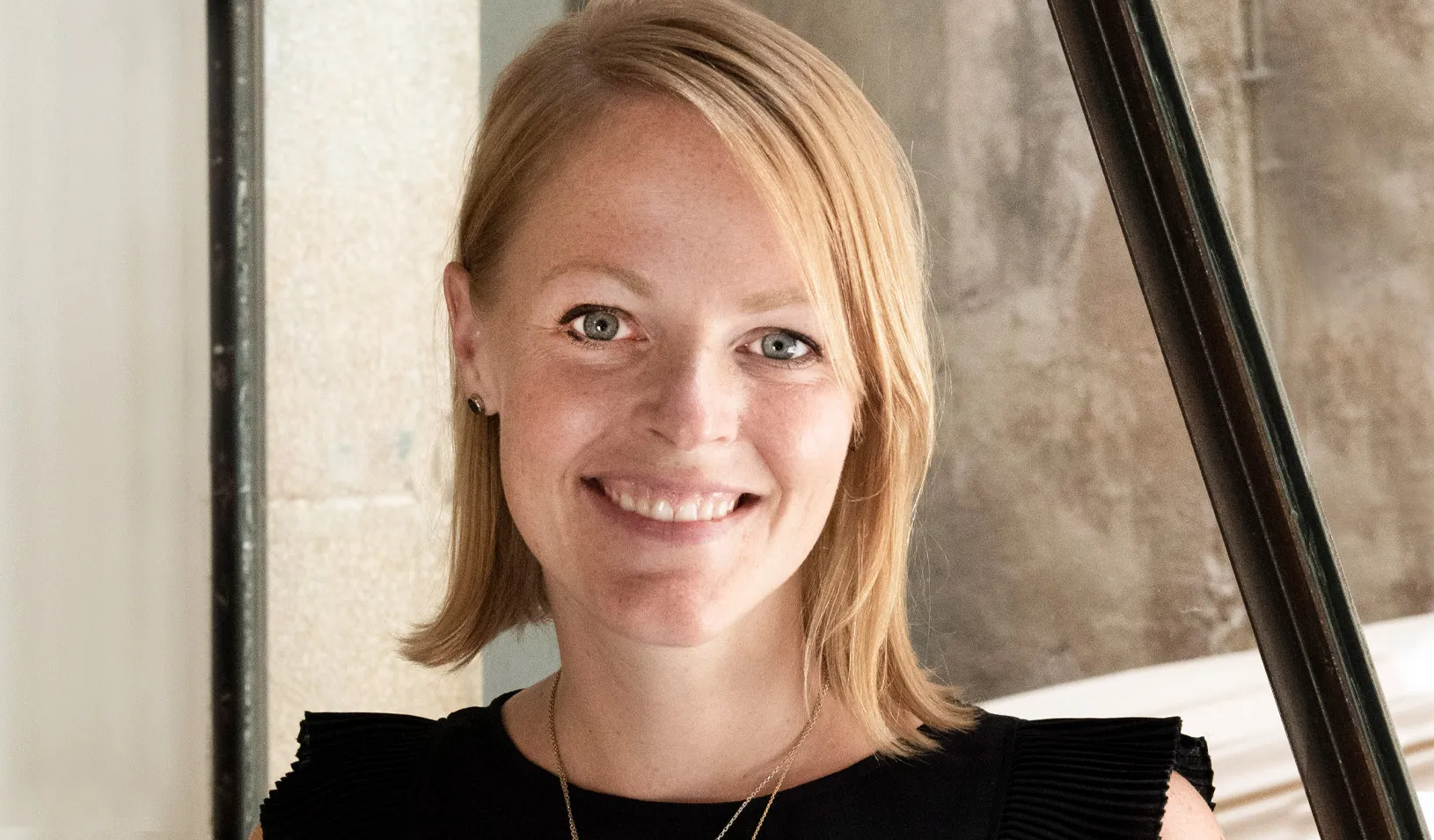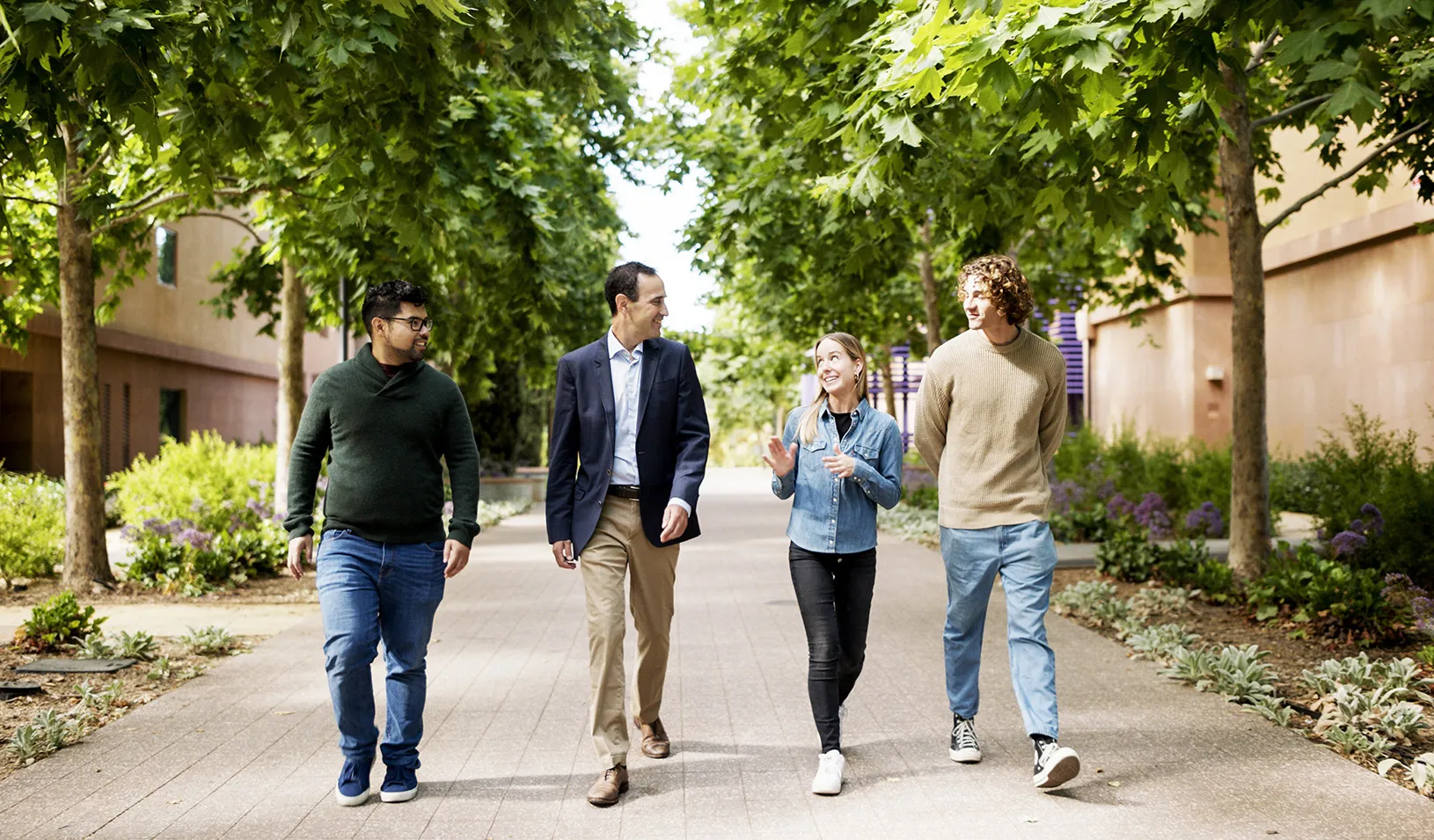On Your Mark, Get Set … Innovate
Stanford Rebuild, a two-month “innovation sprint” triggered by COVID-19, drew more than 5,000 proposals from entrepreneurs worldwide.
October 09, 2020
Stanford Rebuild attracted ideas of all sorts and from all over the world — from health care efficiencies in the Philippines to improved voting systems in the U.S. | REUTERS/Eloisa Lopez
Healthcare in the Philippines needs fixing. Although many hospitals in urban areas provide high-quality care, the ecosystem as a whole is disorganized and inefficient, with the vast majority of costs falling on patients’ shoulders.
In fact, more than 50% of healthcare costs in the Philippines are paid out of pocket by patients, according to Stanford GSB student Jiawen Tang, MBA ’23, and her business partner at Harvard, Camille Ang, who is from the Philippines.
“That translates into at least 1.5 million people who are forced into poverty every year because of health shocks,” says Ang, who is jointly enrolled at Harvard Business School and Harvard Kennedy School.
In hopes of creating more transparent and effective health coverage at competitive prices, Ang teamed up with Tang, who is a dual-degree student at Stanford GSB and the Harvard Kennedy School, to found Hive Health, a digital healthcare platform that improves and simplifies the patient care experience.
Their idea represents just one of more than 5,300 proposals that emerged this summer during a project called Stanford Rebuild, a two-month innovation sprint organized by the Stanford GSB Center for Entrepreneurial Studies in partnership with Stanford GSB Executive Education. Rebuild invited entrepreneurs to address the challenges related to COVID-19 through business and nonprofit ideas.
“We saw it as an opportunity to help people all over the globe innovate around building a better and more equitable future,” says Singari Seshadri, head of Stanford Venture Studio, who designed and managed Rebuild along with her colleagues Keegan Cooke and Davina Drabkin. A larger team of several Stanford colleagues also supported the initiative.
The idea for Rebuild first arose in March, as the novel coronavirus hit both coasts of the United States. Shelter-in-place orders rolled across the country, whole sectors of the economy disappeared, and Stanford students, who for months had been at work on new entrepreneurial ventures, were both forced to rethink their ideas and eager to have an impact on the crisis.
A Call to Action
April brought with it the realization that the pandemic “was something we were going to have to deal with for the long haul,” Seshadri says. The depth of the pandemic’s impact was growing clearer, with nearly every corner of the economy suffering immense challenges and no obvious solutions on the horizon.
“That was the impetus for us to create a call to action,” she says. “We looked at the assets we have at the GSB and asked how we could use those in a way that was rooted in the spirit of entrepreneurship and innovation.”
The team pulled the event together in less than 60 days. Stanford Rebuild launched on June 22. At the heart of the program was free access to Stanford Embark, an online, self-paced toolkit that guides entrepreneurs through the early stages of building a venture.
For Hive Health, Embark proved invaluable. “Camille and I for months had been having lots of ideation dinners and late-night talks,” Tang says. “The Embark toolkit gave us an eight-week structure that was flexible in its pacing but provided defined check-ins along the way to keep us on track—it propelled us to really develop the proposal.”
One of the main benefits was Embark’s emphasis on talking to customers. Prior to taking part in Rebuild, Tang and Ang had conducted research on the Philippine healthcare market. They knew about the fiscal challenges faced by patients; they knew, too, about the administrative burden of navigating insurance coverage and hospital services, the way in which patients often have to wait hours in line to obtain a physical slip of paper approving a single procedure.
But over the course of dozens of customer interviews, Hive Health gained several novel market insights. In one interview, an employer told Tang and Ang that better data analytics could be used to categorize his company’s largest employee medical expenditures. This, in turn, could help him craft company-wide preventive care programs.
Similarly, another HR executive described how unearthing repeat injuries among employees could lead to the retooling of faulty workplace safety protocols.
Ultimately, Rebuild guided Hive Health to a business that rests on three pillars for improving patient outcomes. First, predictive modeling based on patient data that provides better matching between patient needs and available providers. Second, development of a centralized, online database of information that streamlines the process of appointment and billing management. And third, availability of dedicated care providers to help resolve patients’ outstanding issues through telemedicine consultations.
“Our goal is to redesign the healthcare experience through data science and a user-centric platform,” Tang says.
Global Diversity
Seshadri and the others on the organizing team weren’t sure what to expect when Rebuild launched, but interest soared beyond expectations, both in terms of pure numbers and demographic reach. More than 150 different countries were represented, and an equally broad spectrum of ideas.
Hive Health tackled healthcare in the Philippines; Compass assessed the risk of COVID-19 exposure and located nearby testing sites for low-income populations, all through SMS alerts; Footprint established a flexible leasing platform for retail space affected in the economic downturn; Distance Voting proposed a nonprofit organization that advocates for drive-through voting.
“Having such a wide range of geographic representation contributed crucially to the diversity of proposals,” she says.
On August 22, only eight weeks after it began, Rebuild came to a close. A committee of advisors narrowed down the field of teams that completed the program to a showcase of 11. (It was supposed to be 10 teams, “but we found it hard to stop,” Seshadri says. For that reason they also included 16 honorable mentions.) The showcase was not designed to highlight the ideas that necessarily had the most potential for growth, but rather aimed to present a spectrum of ventures capturing the essence of Rebuild.
And while it was a lot of work and often overwhelming, it was invigorating too, Seshadri says. Part of this was being able to put the resources of Stanford to work on a tremendous global challenge: “COVID and other recent events have been so devastating, and it was very motivating to be able to use our place of privilege to have an impact.”
Equally powerful was being swept up in the energy and excitement among the Rebuild teams and witnessing the swell of people worldwide who stepped forward to tackle the pandemic.
“It was a testament to how much entrepreneurial spirit there is out there, how innovative the average person is,” Seshadri says. “Yes, Silicon Valley is considered the heart of entrepreneurship, but it’s really happening everywhere.”
— Dylan Walsh
For media inquiries, visit the Newsroom.
Explore More
Erin Nixon Joins Stanford GSB as Assistant Dean of Admissions

Nia Rose Froome, MBA ’23: Making Local, Fresh Food Available for All

New Research Fund Promotes Responsible Leadership for the Next Century
